

Articles
How To Store An Oil Painting
Modified: September 2, 2024
Learn how to properly store oil paintings and protect them from damage. Read our informative articles for expert tips and guidance.
(Many of the links in this article redirect to a specific reviewed product. Your purchase of these products through affiliate links helps to generate commission for Storables.com, at no extra cost. Learn more)
Introduction
Storing an oil painting properly is crucial for its preservation and longevity. Whether you are an art collector, artist, or simply have a cherished piece of artwork, knowing how to store an oil painting correctly will protect it from damage and ensure that it remains in pristine condition for years to come.
In this article, we will guide you through the essential steps of storing an oil painting. From preparing the artwork to selecting the right storage location and implementing the necessary precautions, we will cover everything you need to know to keep your oil paintings safe and well-preserved.
Oil paintings are delicate and sensitive to their surroundings. Factors such as temperature, humidity, light exposure, and physical contact can all impact the condition of the paintings. By following the proper techniques for storage, you can mitigate these risks and safeguard your valuable pieces.
Whether you plan to store the painting temporarily or for an extended period, it’s important to take the necessary precautions to ensure its safety. By implementing the steps outlined in this article, you can rest assured that your oil painting will be protected against potential damage and deterioration.
So, let’s dive into the details of how to store an oil painting and discover the best practices for maintaining their long-term integrity.
Key Takeaways:
- Properly storing oil paintings is crucial for their preservation. From preparing the artwork to selecting the right storage location, each step plays a vital role in maintaining their condition and ensuring longevity.
- Regular maintenance and inspection are essential for preserving stored oil paintings. By addressing potential issues promptly and seeking professional guidance when needed, you can safeguard the artworks for future generations to appreciate.
Read more: How To Store Oil Paint Tubes
Preparing the Painting
Before storing an oil painting, it is important to prepare it properly to minimize the risk of damage. This involves taking several precautionary measures to ensure the painting remains in optimal condition throughout the storage period.
The first step in preparing the painting is to ensure that it is clean. Use a soft brush or a clean, lint-free cloth to gently remove any dust or debris from the surface of the artwork. Avoid using any water or cleaning solutions, as they can potentially damage the paint layer.
Next, check for any loose or flaking paint. If you notice any areas where the paint is beginning to detach from the canvas or panel, it is essential to address these issues before storing the artwork. Consult a professional art conservator who can provide guidance on how to stabilize the loose paint and prevent further damage.
If your painting has a varnish layer, consider removing it before storage. Varnish can become discolored or brittle over time, and its removal will help protect the paint layer from potential damage. However, varnish removal is a delicate process that requires expertise. It is advisable to seek the assistance of a professional conservator to ensure the safe removal of the varnish.
Another crucial step in preparing the painting is to document its condition. Take detailed photographs of the front, back, and sides of the artwork. These photographs will serve as a reference and documentation of the artwork’s state before storage. Additionally, create a written description of the painting, noting any existing damage or unique characteristics. This documentation will be valuable for insurance purposes and for tracking the painting’s condition over time.
Once the painting is clean and documented, consider applying a protective backing. This can be a layer of acid-free board or archival plastic sheeting. The backing will provide additional support and protection against environmental factors.
Finally, if the painting is framed, ensure that the frame is sturdy and in good condition. If any repairs or adjustments are needed, address them before storing the artwork. A well-maintained frame will help protect the painting during storage.
By following these steps to prepare the painting, you will minimize the risk of damage and ensure that it remains in excellent condition throughout its storage period. Taking the time to properly prepare the artwork will provide peace of mind and ensure that it can be enjoyed for years to come.
Choosing the Right Storage Location
When it comes to storing an oil painting, selecting the right location is crucial for its preservation. The storage environment should provide optimal conditions that minimize the risk of damage from factors such as temperature, humidity, light exposure, and pests. Here are some key considerations when choosing a suitable storage location for your oil paintings:
Temperature and Humidity: The ideal storage temperature for oil paintings is around 68-72°F (20-22°C) with a relative humidity (RH) level between 40% and 50%. Fluctuations in temperature and humidity can cause the paint to crack or become brittle over time. Avoid storing paintings in areas prone to extreme temperature changes, such as attics, basements, or garages.
Light Exposure: Exposure to direct sunlight or strong artificial light can cause fading and discoloration of the paint pigments. Choose a storage location that is away from windows or install UV-filtering window coverings to protect the paintings from light damage.
Avoiding Damp Areas: Moisture can lead to mold growth and deterioration of the painting. Ensure that the storage space is dry and free from leaks or water damage. It is recommended to use dehumidifiers or moisture-absorbing packets in the storage area to maintain the desired humidity level.
Pest Prevention: Protect your paintings from pests such as insects and rodents by storing them in a location that is sealed and inaccessible to these creatures. Regularly inspect the storage area for signs of infestation and take appropriate measures to prevent any damage.
Avoiding Chemical Exposure: Keep the paintings away from any potential sources of chemical exposure, such as cleaning products, paints, or solvents. These substances can react with the paint layers, leading to irreversible damage.
Proper Air Circulation: Adequate air circulation is crucial to prevent the buildup of mold or mildew. Avoid storing paintings in airtight containers or plastic bags, as this can trap moisture and contribute to the growth of damaging organisms.
Security Measures: Choose a storage location that provides adequate security measures to protect the artwork from theft or damage. Consider installing security systems, surveillance cameras, and smoke detectors to ensure the safety of your stored paintings.
By carefully considering these factors when choosing a storage location, you can create an optimal environment that will safeguard your oil paintings and maintain their integrity over time. Remember to regularly monitor and re-evaluate the storage conditions to ensure that they remain suitable for the artwork’s preservation.
Wrapping and Padding the Painting
Once you have prepared the painting and selected the right storage location, the next step is to properly wrap and pad the artwork to provide physical protection. This ensures that the painting remains secure and insulated from any potential impacts or pressure during storage. Here’s how you can wrap and pad your oil painting:
Use Acid-Free and Archival Materials: Start by selecting acid-free and archival wrapping materials that are specifically designed for artwork preservation. Acid-free tissue paper and unbuffered archival paper are suitable options for wrapping the painting.
Place a Protective Layer: Begin by placing a layer of acid-free tissue paper over the front of the painting. This layer will act as a protective barrier between the painting and any potential direct contact.
Padding the Frame: If the painting is framed, consider padding the frame to provide extra protection. Use corner protectors or foam pads specifically designed for artwork frames. These will prevent any pressure or impact on the frame during storage.
Wrap the Painting: Carefully wrap the painting using acid-free tissue paper or unbuffered archival paper. Start by folding the sides of the paper over the edges of the painting, and then fold the top and bottom flaps over. Make sure to create a snug and secure wrap, but avoid applying excessive pressure that could damage the artwork.
Padding Material: Place additional padding material between the wrapped painting and the storage container or crate. Foam padding or bubble wrap can provide cushioning and absorb any potential impact or vibration during transport or storage. Make sure the padding is secure and evenly distributed, ensuring equal pressure on all sides of the painting.
Secure the Wrapped Painting: Use acid-free painter’s tape or archival tape to secure the wrapping and padding materials in place. Avoid using regular adhesive tapes, as they can leave residue or damage the artwork.
Label and Document: Label the wrapped painting with its identification information, including the artist’s name, title, and any other relevant details. Additionally, make a note in your documentation of the wrapping materials and techniques used to ensure easy retrieval and proper handling in the future.
By following these steps to wrap and pad your oil painting, you provide an additional layer of protection against potential physical damage during storage. The careful use of archival materials and secure wrapping techniques will help maintain the painting’s condition and ensure its longevity.
Store oil paintings in a cool, dry place away from direct sunlight and extreme temperatures. Use acid-free materials for framing and storage to prevent damage. Avoid storing paintings in basements or attics.
Storing the Painting
Now that you have prepared and wrapped your oil painting, it’s time to focus on the actual storage process. Proper storage techniques will help ensure the painting remains safe and secure during its time in storage. Here are the essential steps for storing your oil painting:
Select a Suitable Storage Container: Choose a storage container that is sturdy, clean, and appropriately sized to accommodate the wrapped painting without any folding or bending. Acid-free and archival-quality boxes or crates are recommended for the best preservation of the artwork.
Positioning the Painting: Place the wrapped painting in the storage container in an upright position. Avoid stacking multiple paintings on top of each other, as this can lead to unnecessary pressure and potentially damage the artwork.
Creating a Buffer Zone: Leave a small gap between the paintings and the walls of the storage container to create a buffer zone. This will allow for proper air circulation and prevent any direct contact between the paintings and the container, reducing the risk of condensation and mold formation.
Avoiding Floor Contact: Ensure that the paintings are not in direct contact with the floor or any other potentially damp or uneven surface. Using pallets or stackable shelves inside the storage container can provide elevation and prevent any damage from floor moisture or accidental bumps.
Keep the Container Secured: Close and seal the storage container properly to protect the paintings from potential dust, pests, or accidental handling. Use appropriate latches or straps to secure the container, ensuring it will not open or shift during transportation or storage.
Store in a Controlled Environment: Ideally, the storage area should maintain a stable temperature and humidity level. Avoid storing the paintings in areas prone to extreme temperature fluctuations or high humidity. Additionally, consider using a dehumidifier or moisture-absorbing packets in the storage space to maintain optimal conditions.
Regularly Monitor the Storage Environment: Check the storage area periodically to ensure that the temperature and humidity levels remain stable. Inspect the storage container for any signs of damage or pests. Address any issues promptly to avoid potential damage to the paintings.
Keep a Detailed Inventory: Maintain an inventory list of all the paintings in storage, along with their respective locations within the storage space. This will help you easily track and locate specific paintings when needed.
By following these steps, you can effectively store your oil paintings in a way that minimizes the risk of damage and preserves their condition over time. Regular monitoring and proper storage precautions will ensure that your cherished artworks remain safe and well-protected during their time in storage.
Regular Maintenance and Inspection
Maintaining and inspecting your stored oil paintings regularly is crucial for their long-term preservation. Even though the paintings are securely wrapped and stored in an appropriate environment, conducting routine maintenance and inspections ensures that any potential issues are identified early on and addressed promptly. Here are some important steps to follow for regular maintenance and inspection:
Frequent Visual Inspection: Regularly examine the stored paintings for any signs of damage, such as cracks, flaking paint, mold growth, or insect infestation. Look for changes in the appearance of the artwork or any unusual odors in the storage area.
Addressing Environmental Changes: If you notice any significant fluctuations in temperature or humidity, take measures to stabilize the storage environment. Adjust the settings of dehumidifiers or humidity-control devices, and ensure that the temperature remains within the optimal range for artwork preservation.
Inspect for Pest Infestation: Check for any signs of pests, such as insects, rodents, or mold growth. If you spot any indications of an infestation, take immediate action to control and eliminate the problem. Consult a professional pest control service if needed.
Cleaning and Dusting: Periodically clean the storage area to remove any dust or debris that may have accumulated. However, avoid cleaning the stored paintings directly, as this should only be done by a trained art conservator to prevent any accidental damage.
Documenting Changes: Take photographs of the stored paintings during the inspection to document their condition over time. Compare these new images with the initial documentation to identify any changes or issues that may have arisen.
Professional Evaluation: It is beneficial to periodically seek the advice of a professional art conservator. They can assess the stored paintings and provide expert guidance on any necessary maintenance or preservation measures. Engaging in professional conservation services can help ensure the long-term integrity of your artwork.
Implementing Corrective Measures: If you identify any issues during the inspections, take appropriate actions to mitigate the damage. This may include seeking professional conservation services, adjusting the storage conditions, or addressing any potential hazards within the storage area.
Regular maintenance and inspections play a vital role in preserving the quality and condition of your stored oil paintings. By taking proactive measures and promptly addressing any issues that arise, you can ensure that your artworks remain in optimal condition and are protected for future generations to appreciate.
Special Considerations for Unique Paintings
While the general guidelines for storing oil paintings apply to most artworks, there are certain considerations to keep in mind for unique paintings with specific characteristics. These special considerations ensure that these exceptional artworks are properly cared for and preserved. Here are some important factors to take into account:
Large-Scale Paintings: If you have large-scale paintings, ensure that you have enough space in your storage area to accommodate their size. Consider using specially designed storage racks or crates to safely store these artworks without damaging or distorting their surfaces.
Textured or Three-Dimensional Paintings: Paintings with textured or three-dimensional elements require extra care during storage. Use padded supports to prevent any pressure on the protruding surfaces. If possible, store these paintings in an upright or secure position to maintain the integrity of the texture or three-dimensional elements.
Unframed Canvases: Unframed canvases require additional protection. Wrap them with acid-free tissue paper or archival paper, leaving some room for air circulation. Store unframed canvases in flat archival boxes to prevent any creasing or bending of the canvas.
Fragile or Delicate Surfaces: For paintings with fragile surfaces, consider applying a protective layer on the painted surface before storage. This can be a reversible conservation varnish or a protective barrier such as archival glassine paper.
Mixed Media Artworks: If your oil painting incorporates other materials, such as collage elements or mixed media techniques, take extra care to ensure that these components are stable and secured. Evaluate the specific requirements of each material and consider consulting a professional art conservator for guidance.
Historical or Valuable Artworks: For valuable or historically significant paintings, it is advisable to have them professionally appraised, insured, and documented. Implement additional security measures for their storage, such as custom-made security crates or vaults, and ensure that they are stored in a highly secure location.
Sensitive Pigments: Some oil paintings contain pigments that are particularly sensitive to light or environmental conditions. Consider using UV-filtering materials for wrapping and storing these artworks, and place additional emphasis on maintaining stable temperature and humidity levels.
Transportation: If you need to transport unique paintings, take extra precautions to ensure their safety. Use reinforced packing materials, and consider engaging professional art handlers who are experienced in handling and transporting valuable artwork.
Understanding and implementing these special considerations for unique paintings will help safeguard their unique qualities and preserve their artistic vision. By providing the necessary care and attention, you can ensure that these exceptional artworks remain intact and continue to be cherished for years to come.
Conclusion
Storing oil paintings properly is essential for their preservation and longevity. By following the guidelines outlined in this article, you can ensure that your valuable artworks are protected from potential damage and deterioration during their time in storage.
From preparing the paintings and selecting the right storage location to wrapping and padding them, each step plays a crucial role in maintaining the artwork’s condition. Regular maintenance and inspections are also crucial to identify and address any issues promptly, ensuring the longevity of the paintings.
It is important to remember that each oil painting is unique and may require special considerations based on its size, surface texture, framing, and other characteristics. Taking these individual needs into account will help tailor the storage approach to best suit each painting’s requirements.
Furthermore, it is highly recommended to seek the assistance of professional art conservators for guidance on specific preservation techniques, especially for valuable or historically significant paintings.
By implementing the proper storage techniques and regularly monitoring the storage area, you can ensure that your oil paintings remain in excellent condition, allowing you and future generations to enjoy their beauty and artistic value for years to come.
Remember, proper storage is an investment in the long-term preservation of your artwork. By taking the time and effort to store your oil paintings correctly, you are protecting not only their monetary value but also the cultural and artistic heritage they represent.
So, take the necessary precautions, follow the guidelines provided in this article, and ensure that your oil paintings are stored in a safe and suitable environment. With proper care, your cherished artworks will withstand the test of time and bring joy and inspiration to generations to come.
Frequently Asked Questions about How To Store An Oil Painting
Was this page helpful?
At Storables.com, we guarantee accurate and reliable information. Our content, validated by Expert Board Contributors, is crafted following stringent Editorial Policies. We're committed to providing you with well-researched, expert-backed insights for all your informational needs.
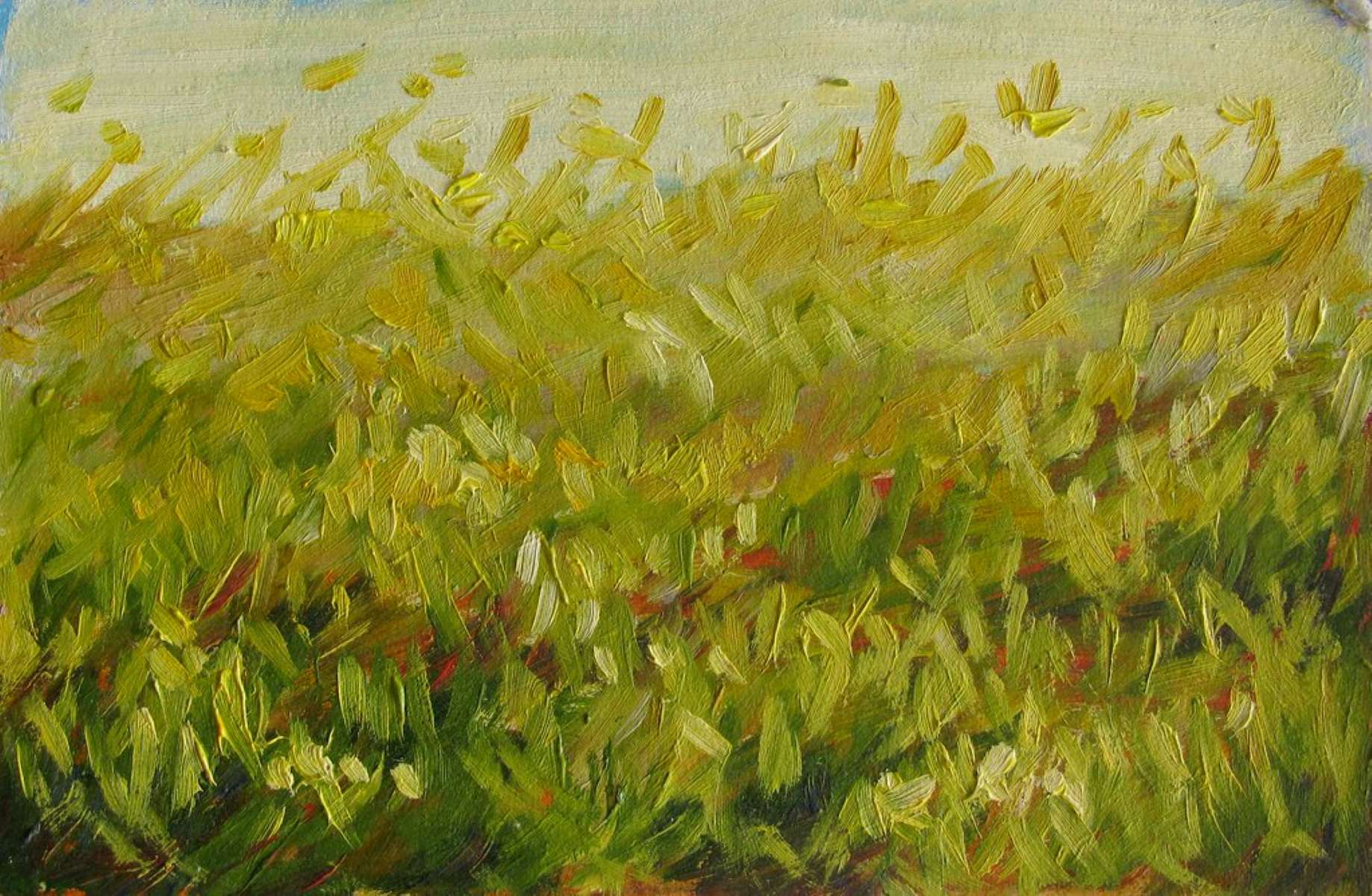
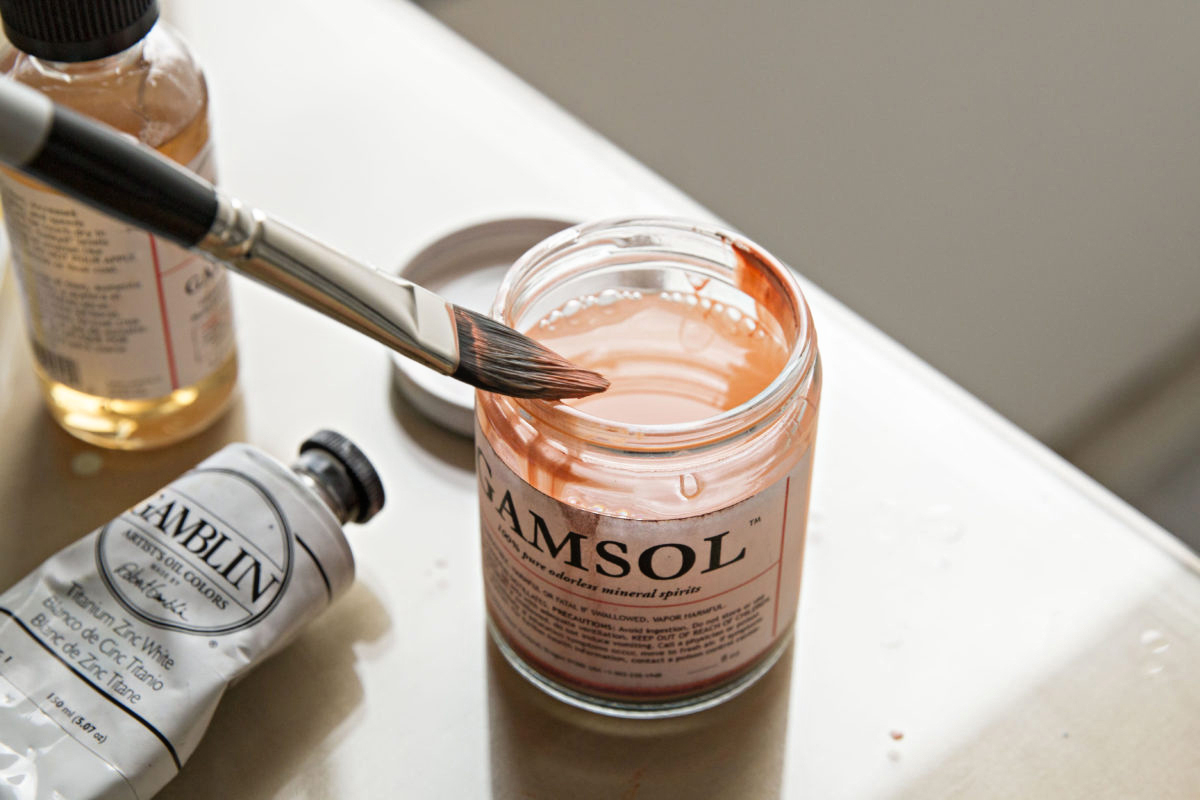
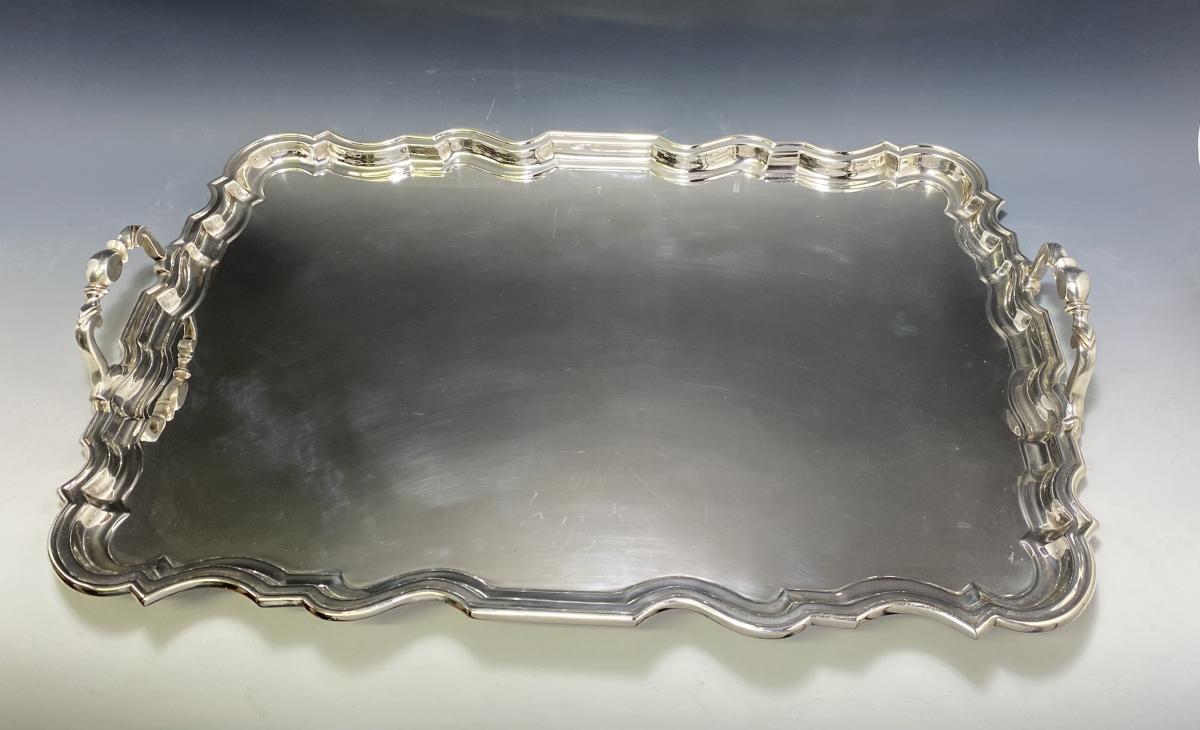
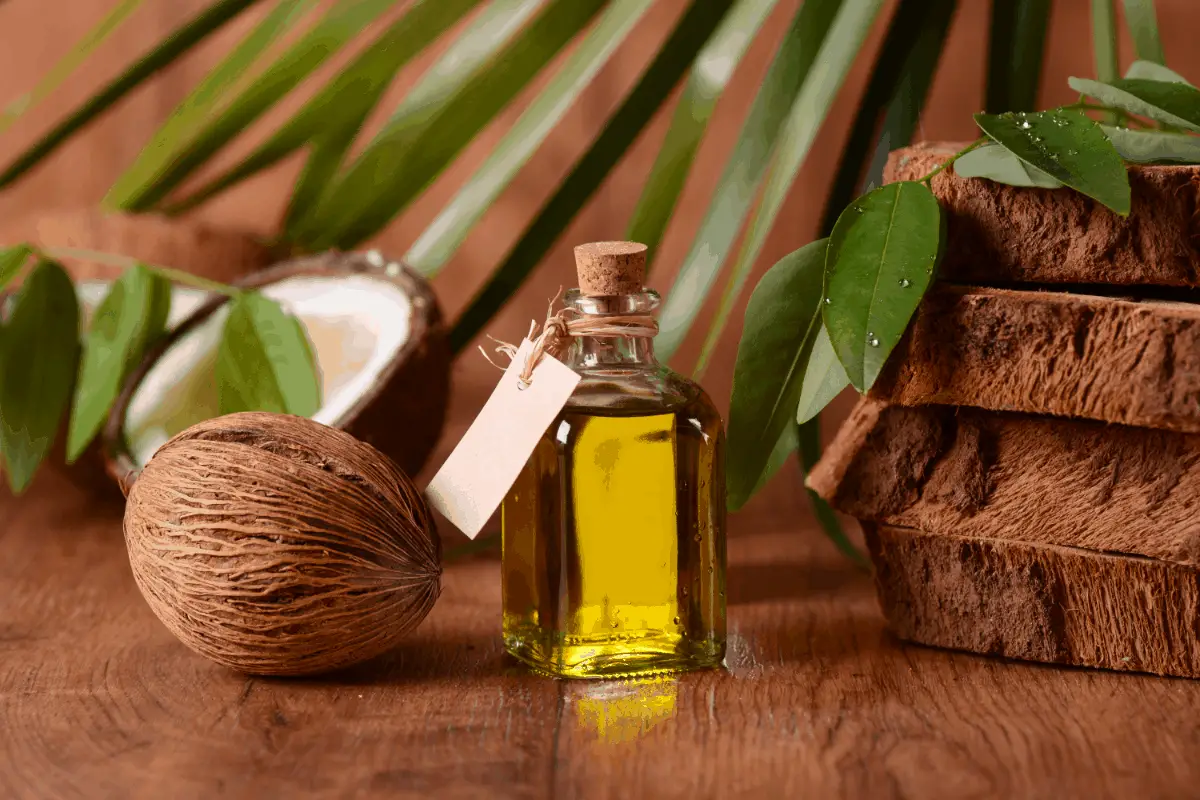




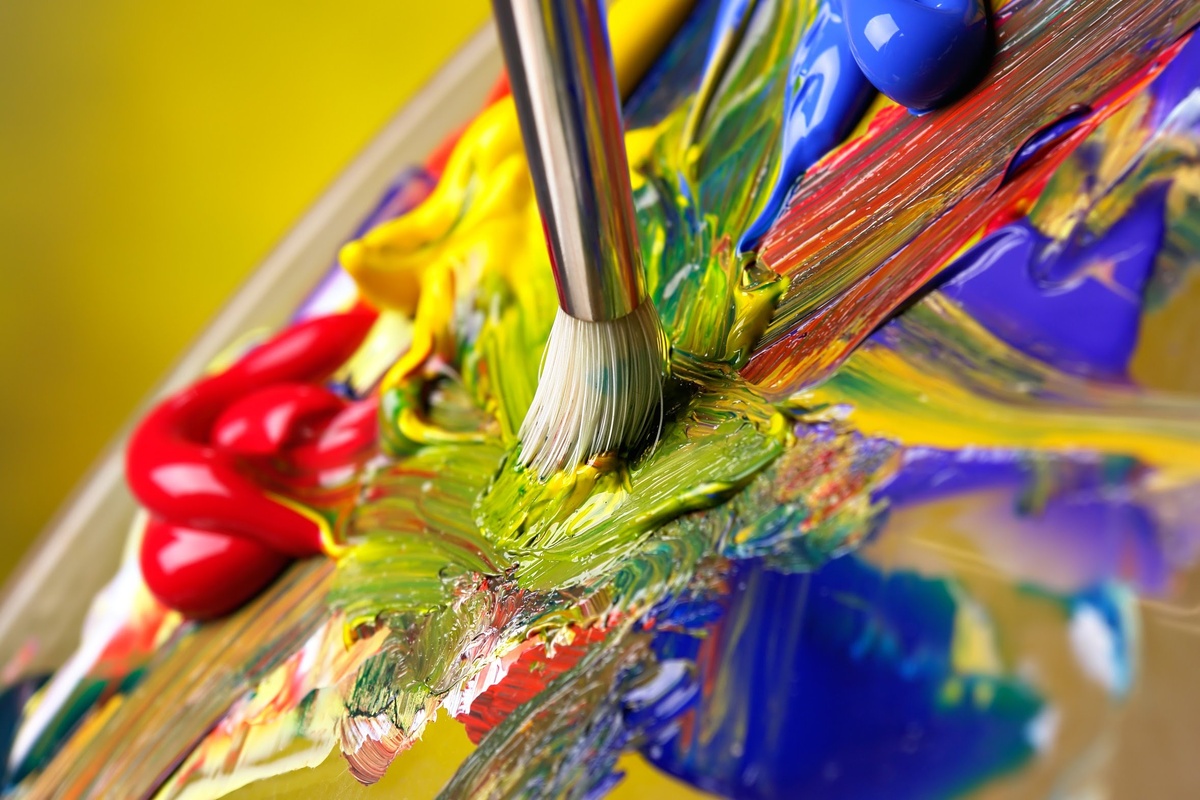


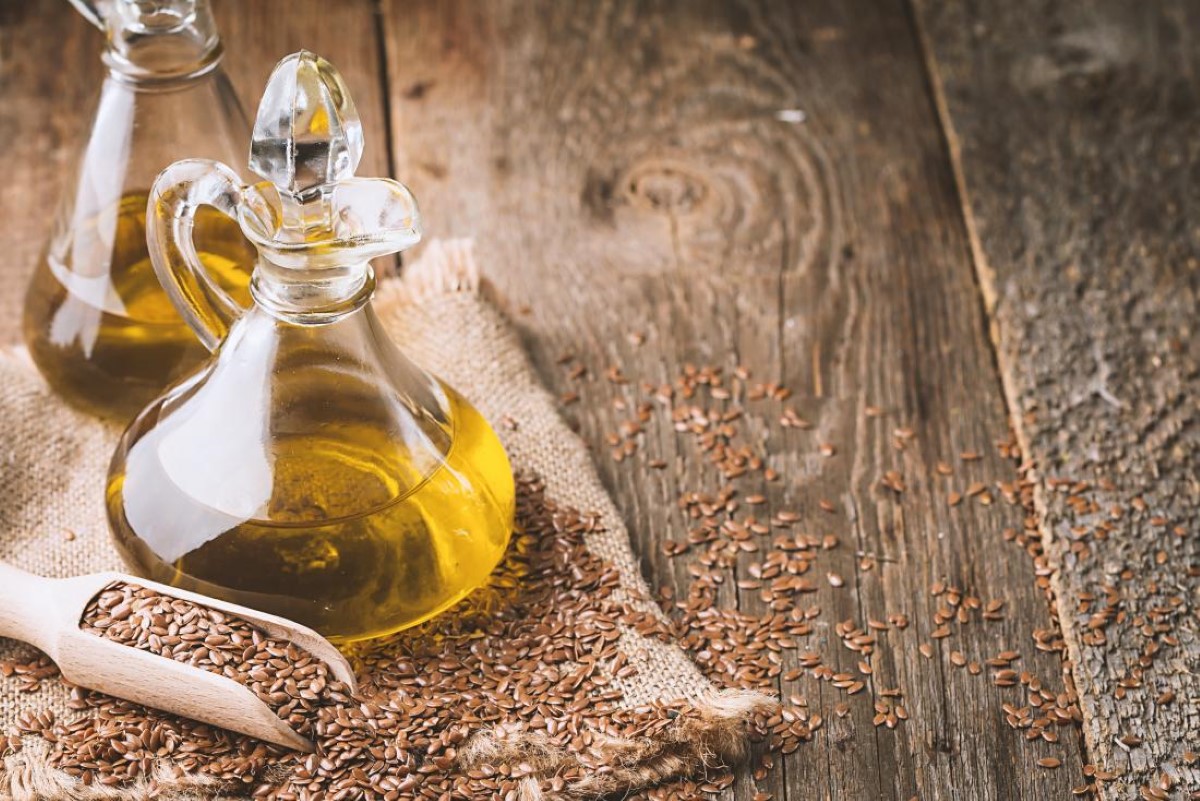
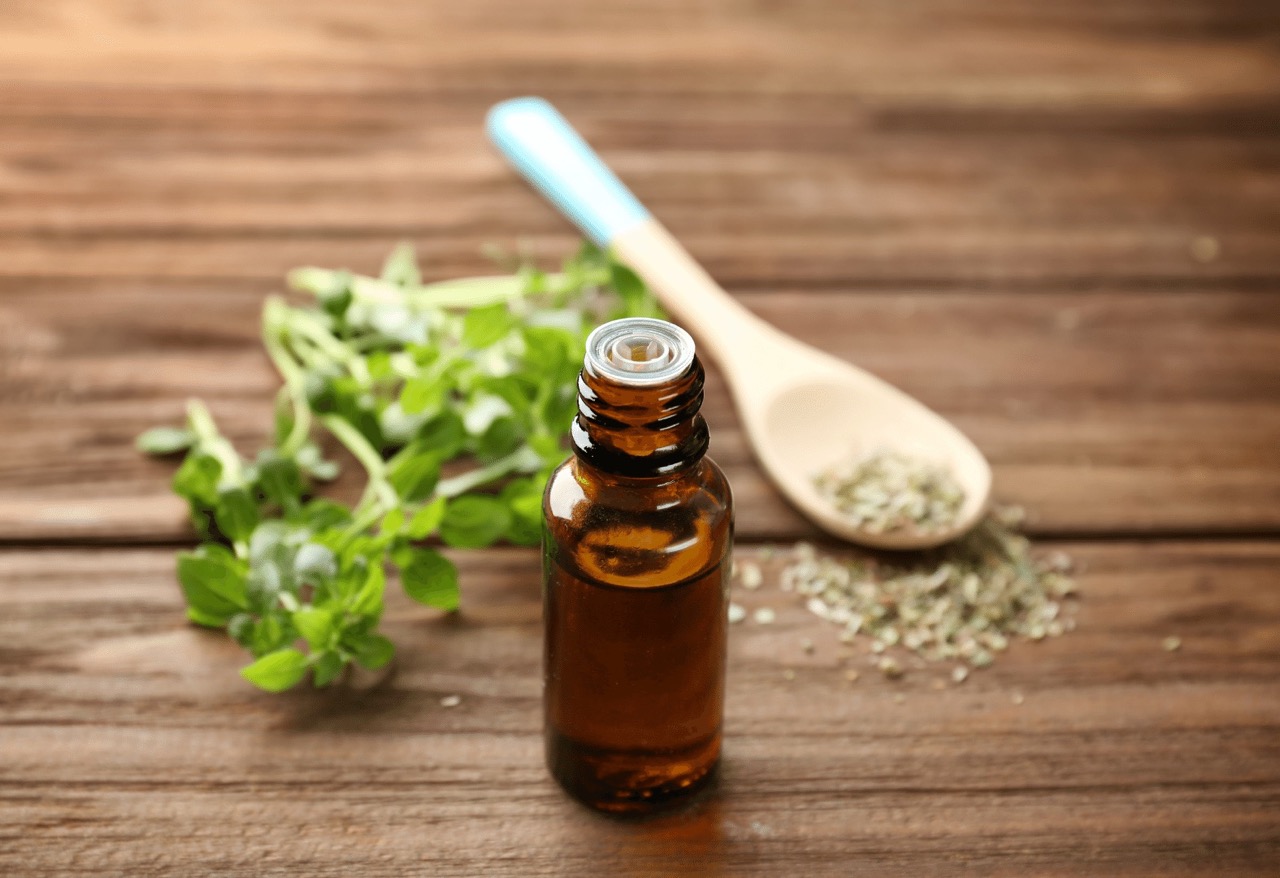


0 thoughts on “How To Store An Oil Painting”